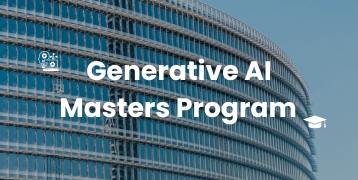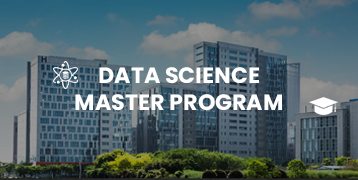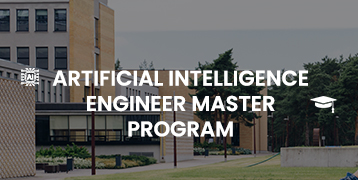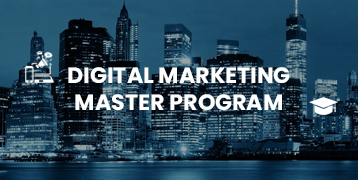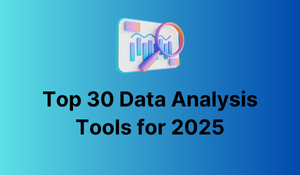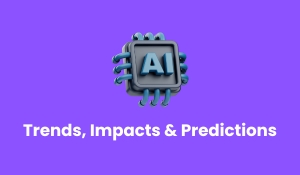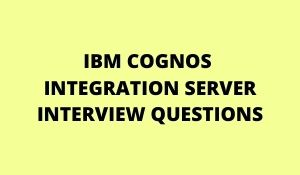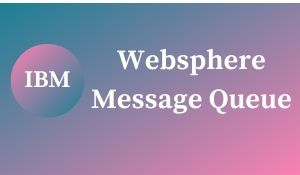
A Complete guide of Kofax consists of business processes by collecting documents, transforming them into accurate, actionable information, and delivering them into your line of business applications, workflows, repositories, and databases. A Complete Guide of the Kofax Industry provides document capture software that can help you handle it all quickly and accurately. It offers unmatched compatibility with scanners and other capture devices, plus content and document management systems, workflow applications, and databases.
List of the Topics covered in this blog
Robotic Process Automation with Kofax Kapow
About Kofax Capture
Kofax Transformation Modules, AI and Machine Learning
Robotic Process Automation with Kofax Kapow
Kofax Kapow provides a platform to process data from structured or unstructured databases, files, email systems, websites, portals, and even legacy mainframe systems or terminal emulations. It offers automated extraction and transformation of data from Excel, XML, XLS, PDF, RSS feeds, and from APIs based on SOAP, REST, XML, and JSON.
Creating a Robot for Our Business Case
Design Studio

Design Studio is a visual editor with which we want to create our robot. It provides several views to accomplish the creation of a robot.
Project View
The Project View provides an overview of your robots and types of other resources.
Robot View
The Robot View shows you the steps defined for a robot. You can
switch between design and debug mode for later testing. Here you define your
steps and actions of the workflow.
Step View
The Step View gives you information about a single selected step
and shows all the configurable properties and mainly the action to process in
this step.
Browser View
If a step loads a webpage, the content is displayed in the Browser
View.
Source View
The source of the related page is shown in the Source View.
Variables View
The defined variables and the actual values of the robot are displayed in the Variables View.
Related Courses:
| Course Name | Enroll Now |
|---|---|
| Kofax Capture Training | Enroll Now |
| Robotic Process Automation Training | Enroll Now |
| Kofax TotalAgility Training | Enroll Now |
| Automation Anywhere Training | Enroll Now |
| RPA Developer Training | Enroll Now |
Kofax Transformation Modules, AI and Machine Learning
A Complete guide of Kofax Transformation Modules (KTM) also provides mechanisms of machine learning. KTM is a system for automatic classification of documents and extraction of data fields. Kofax Transformation Modules provide mechanisms of machine learning. KTM is a system for the extraction of data fields and automatic classification of documents. KTM consists of tools from machine learning, which can be used alone or together with rule-based free-form recognition. The neural network-based methods will be briefly described here.
KTM projects consist of the following phases:
Project preparation: Document types, clustering, data fields
Project implementation: Extraction design and classification
Production: Capturing, manual validation, classification, extraction.
The KTM toolbox for machine learning contains the following elements:
The Clustering Tool
KTM consists of a tool (clustering tool) that analyzes unsorted batches of documents and divides them into batches with similar characteristics. This process can be done according to graphical criteria as well as according to content. After using the clustering tool you usually have a very good impression, which is the main document type of a project, which should be trained first.
Administrative document types
For this, you will use the main document types, which have been determined by the clustering tool. Within the KTM development environment, these document types are created manually or they can be created automatically from the batches. For each document type, an administrator gives some sample documents to the system for learning. It is project-dependent, but in real projects, a value of about 20 documents has proven itself. This document type can take place via the layout and the text content of the documents.
Administrative field extraction
The extraction of the document type in specific data fields can be done in the next step. Similar to the document types, a certain number of documents are taken per document type. This process is done by just showing the system the position on the document where the data for a field should be extracted. This process is done by using mouse clicks. KTM does not memorize the absolute positions, but it stores features near the extraction position.
Learning during production
After a trained system has been set to production, KTM provides the possibility to further improve the classification and extraction during daily processing. This process consists of the optimization of main document types already trained in the preparation, basic training, and removing the previously neglected other document types.
Kofax Capture
A Complete guide of Kofax Capture, formerly Ascent Capture, accelerates business processes by taking documents and forms, transforming them into accurate, retrievable information, and delivering it all into your business applications and databases. When your information is on paper or in electronic files, whether it is parked at a central office or scattered on desktops and remote offices throughout the world. Kofax Capture delivers powerful, production-level document and data capture. For data capture, Kofax Capture extracts important information such as machine-printed text, bar codes, hand-printed words, and even checked boxes.
Kofax Capture uses the indexing and validation process to capture information that doesn’t start on paper, such as electronic documents. Remote Capture Many organizations rely on document-driven processes that originate at a remote location but must be completed elsewhere. The Kofax Capture Network Server is a proven, reliable method for accelerating and reducing the cost of remote business processes.
Benefits of Kofax Capture
Capture Documents, Data, and More
No matter the source—scanner, multi-function printer, print stream, email, fax, web service, or file folder—you get production-level scanning and indexing from structured, semi-structured and unstructured documents that contain information in many forms, including machine-printed text, barcodes, handprint and structured page marks like checkboxes.

Capture Anywhere at Any Time
Whether your team is scattered across the globe in branch offices, home offices, or traveling offices, you need a flexible system with capabilities for both centralized and distributed processes that significantly reduce processing times and create a better customer experience. Extend Kofax Capture with an integrated link between intelligent devices like multifunction peripherals (MFPs), network scanners, mobile devices, and web, and thin client capture capabilities.
Realize a Swift Return on Investment
Automating content capture and distribution not only puts content at your workers’ fingertips and improves your interactions with customers, but it also creates operational efficiencies that typically result in an ROI within 12 months with our solution.
👉 Related Articles:
🎯 Detailed Information about Kofax
🎯 Insights on Kofax Advanced Technology
🎯 Kofax TotalAgility streamlines developer workflows
🎯 What is the need for learning kofax tools online?
🎯 Kofax vs OpenText – Key Differences

